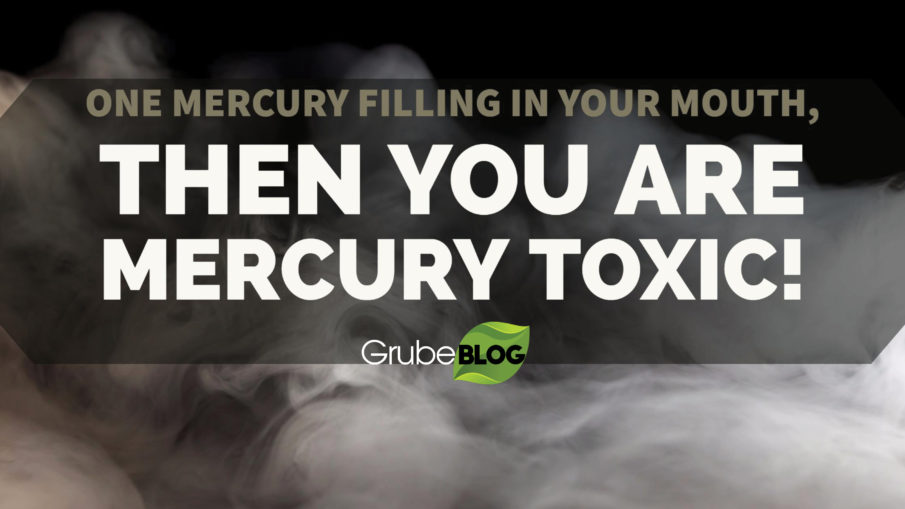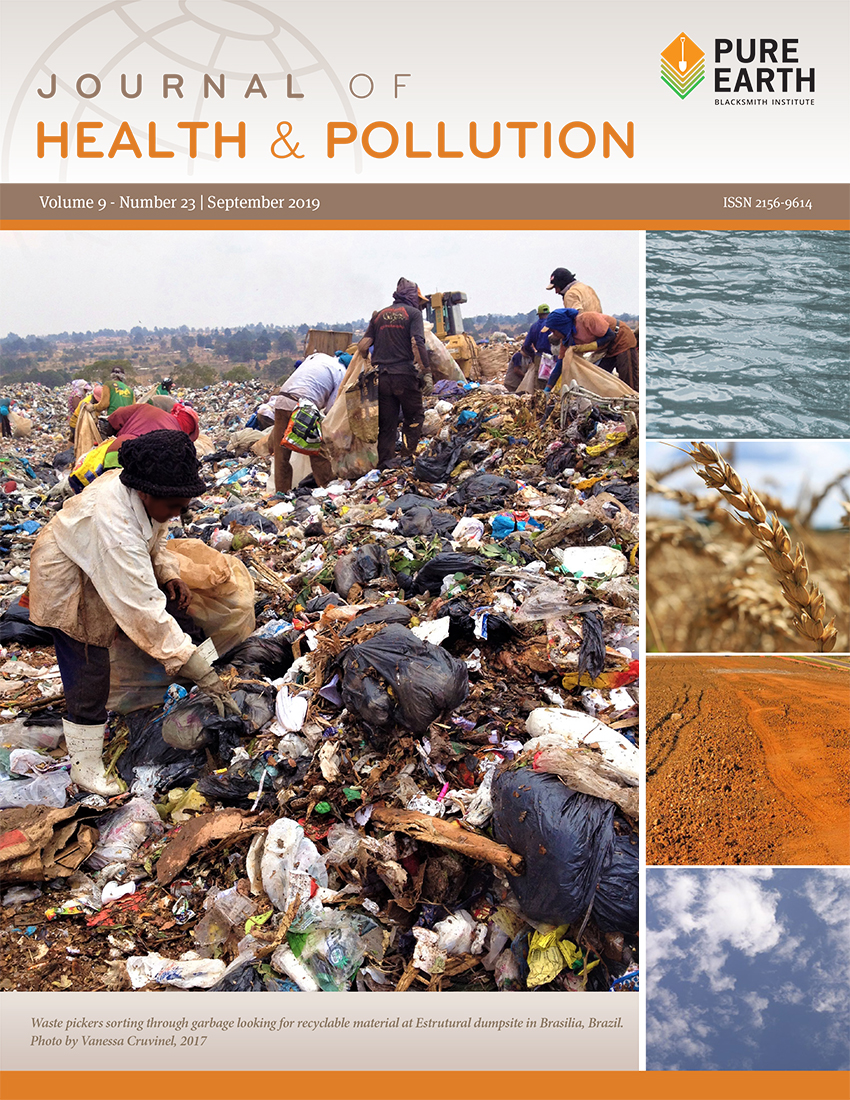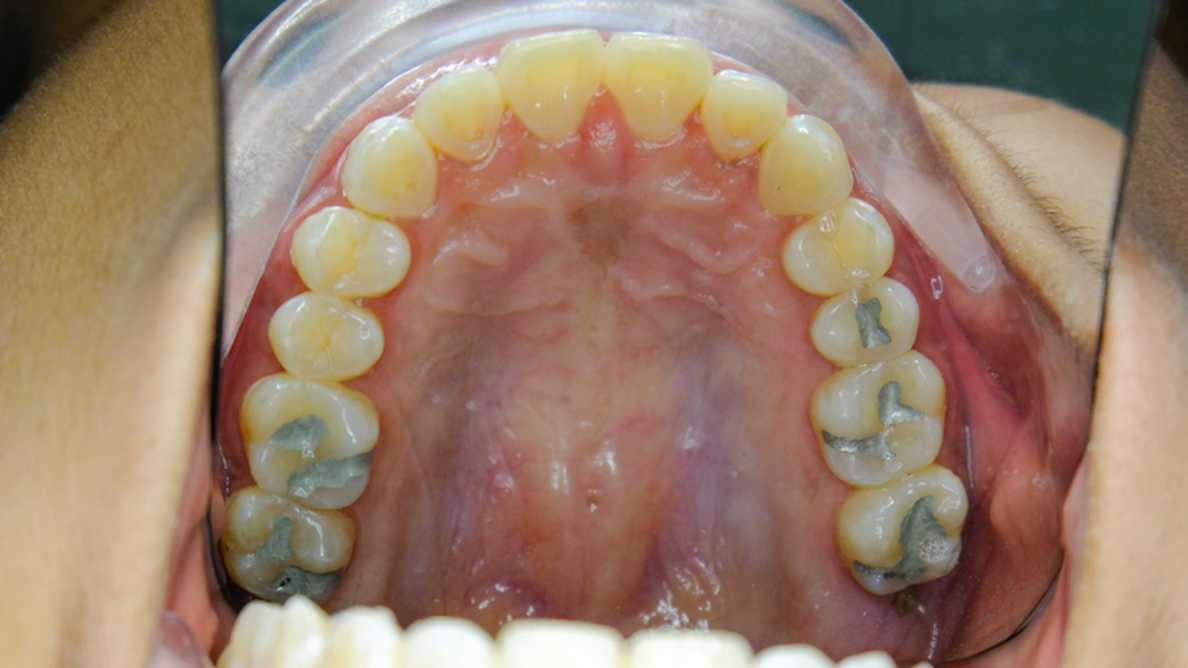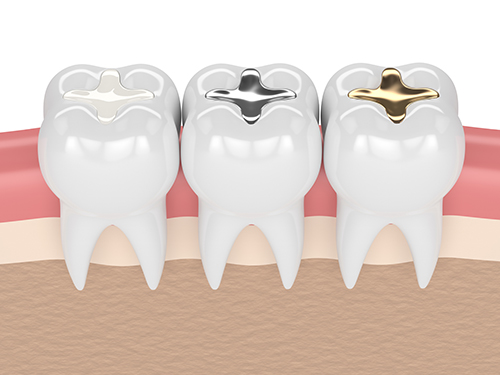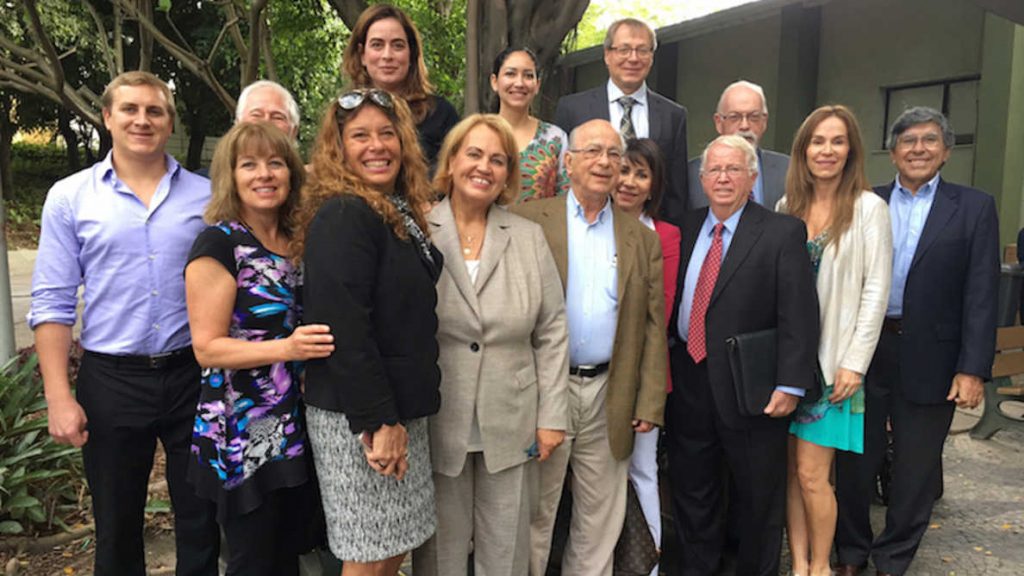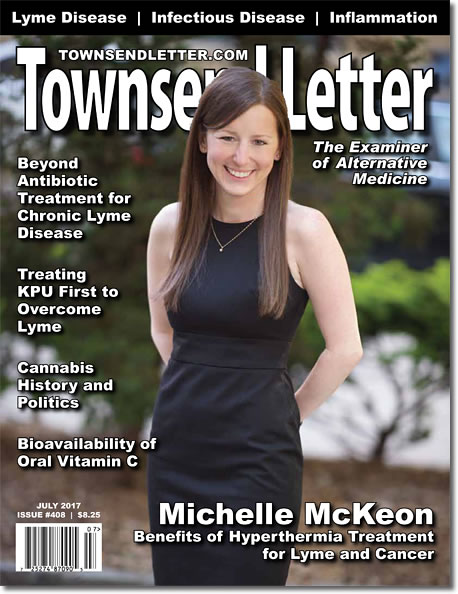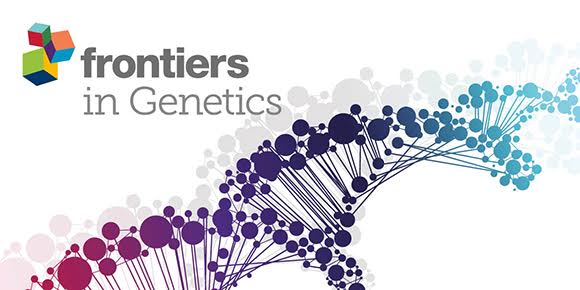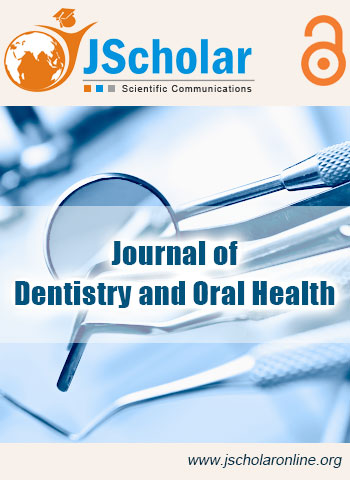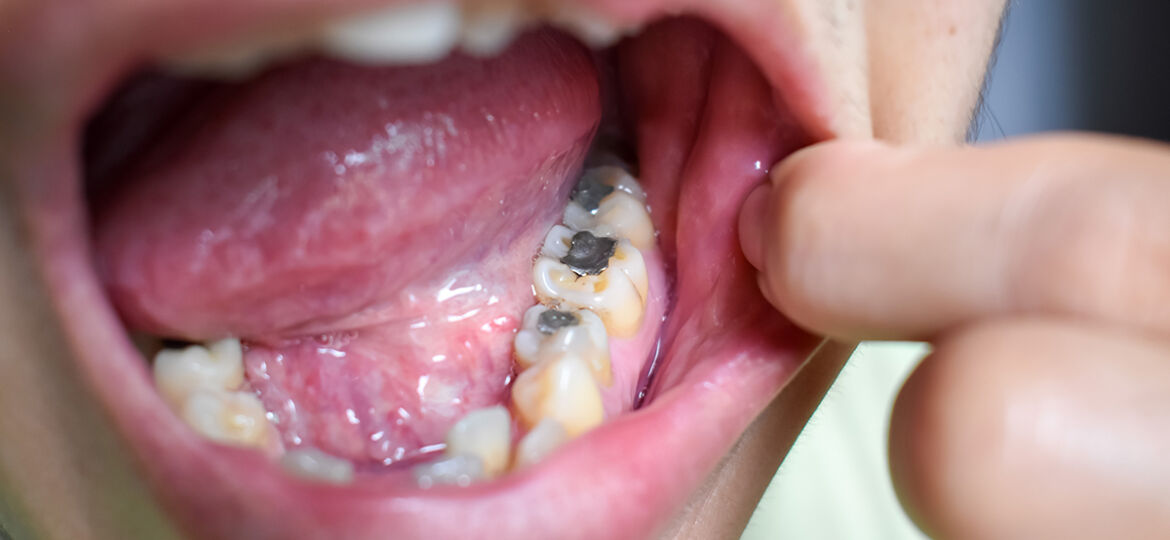
Alarming Findings on Mercury Dental Amalgam – Latest Research Using the National Health and Nutrition Examination Survey (NHANES) Database: A Mini-Review
by Anita Vazquez Tibau and Blanche D Grube
ABSTRACT
Mercury dental amalgam has been used as a dental restorative material for almost 200 years. Even though mercury is the most toxic non-radioactive material known to man, there has been an ongoing controversy about its safety since it was first introduced for use in dentistry.
In 2013, a global treaty was adopted to address the dangers of mercury-containing products and processes called the Minamata Convention on Mercury Treaty, which went into force in 2017. This global mercury treaty listed mercury dental amalgam as a “phase-down” product. It is the only product in the treaty that is implanted in the human body and the only product listed simply as “phase-down”.
While many evidence-based scientific papers have reported that mercury dental amalgam negatively affects human health, it is still the most commonly used dental restorative material in the world. Since the treaty has gone into force, many developed countries, countries with emerging economies, and developing countries have banned the use of mercury dental amalgam in the spirit of the treaty whose mantra is “Make Mercury History”. However, a date certain to ban mercury dental amalgam’s use globally has not yet been achieved.
The latest significant findings on human exposure to mercury dental amalgam using the “Gold Standard” National Health and Nutrition Examination Survey (NHANES) database, may finally be the catalyst that will achieve the goal and “Make Mercury History” in the dental sector.
Please download the full paper HERE.
Citation: Anita Vazquez Tibau, Blanche D Grube, et al. Alarming Findings on Mercury Dental Amalgam – Latest Research Using the
National Health and Nutrition Examination Survey (NHANES) Database: A Mini-Review. Oral Health Dental Sci. 2022; 6(2); 1-6.


